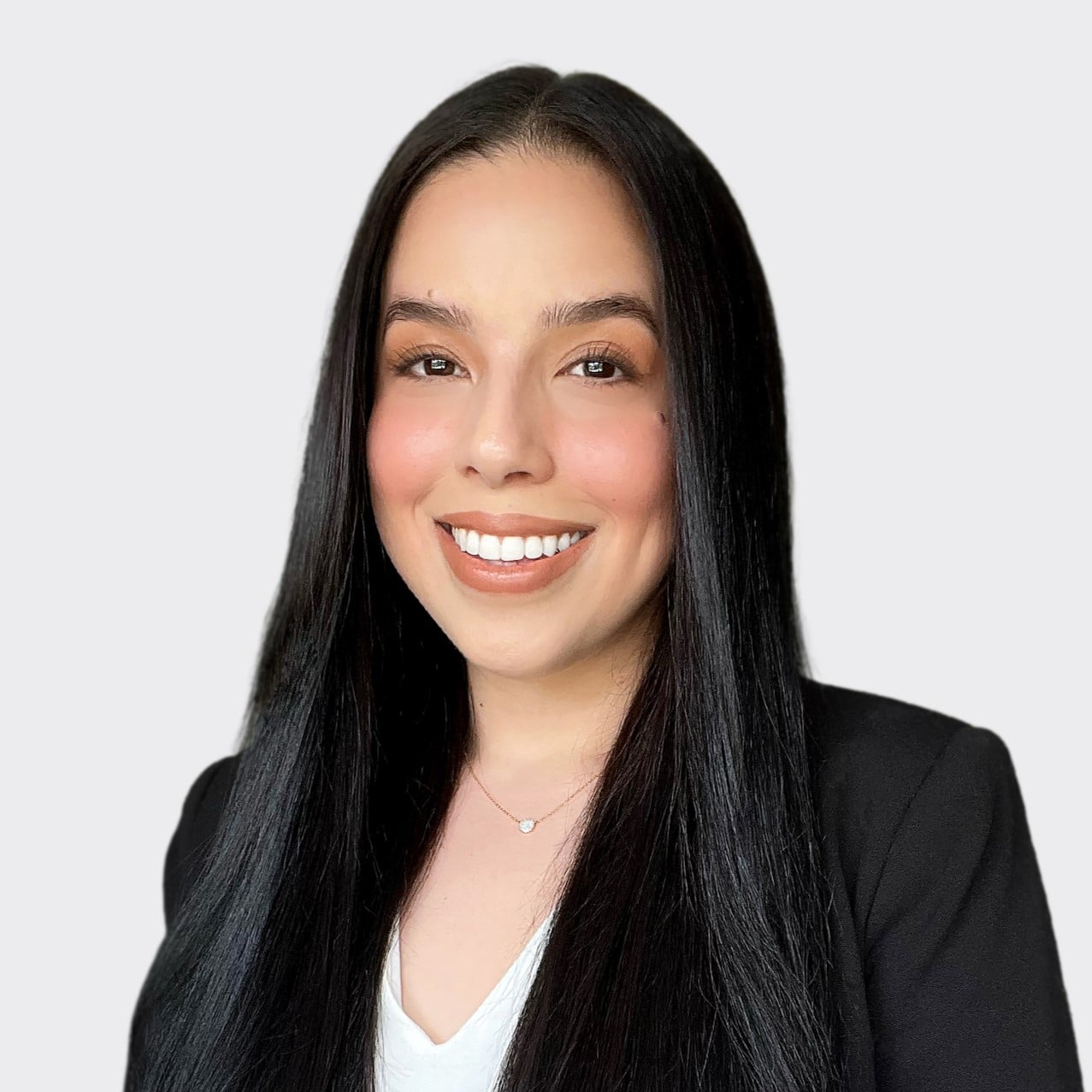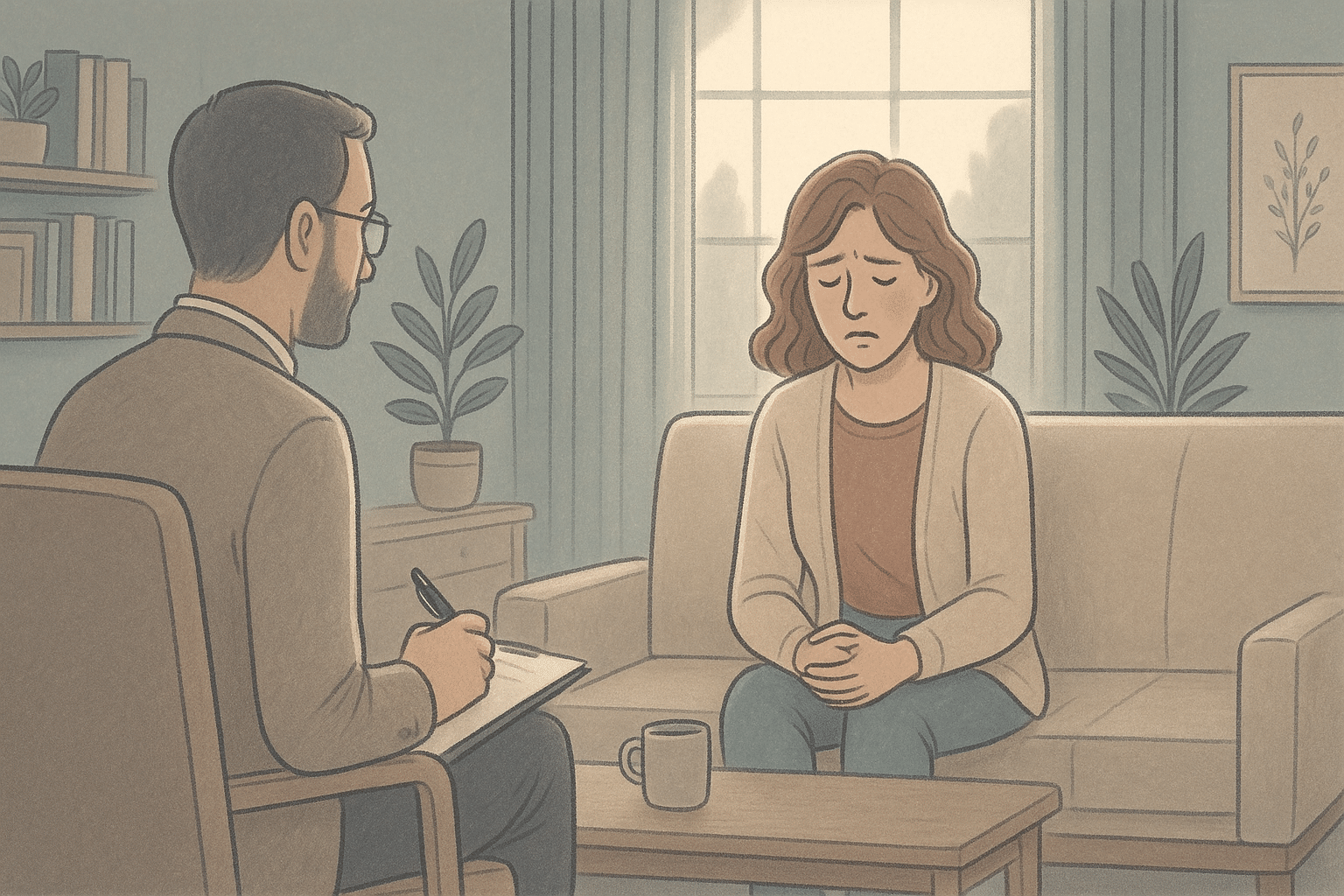Key Takeaways
- Effective ADHD treatment for children enhances life quality through personalized strategies, incorporating medications, behavioral therapies, and supportive interventions.
- Early intervention in treating ADHD is critical, as it significantly boosts academic performance, enhances social relationships, and reduces the likelihood of associated mental health issues.
- A comprehensive diagnostic process, adhering to DSM-5 criteria, ensures that ADHD symptoms are accurately identified across multiple settings and developmental stages, confirming the diagnosis before age 12.
- Psychostimulant and nonstimulant medications can help manage ADHD symptoms by targeting different neurotransmitters – but careful monitoring is needed to manage potential side effects.
- A Mission for Michael (AMFM) offers a comprehensive, integrated approach to ADHD treatment that includes expert care, personalized therapy options, and ongoing support.
How to Effectively Treat ADHD in Children
ADHD, or Attention Deficit Hyperactivity Disorder, is a prevalent neurodevelopmental disorder that affects a child’s ability to concentrate, control impulses, and regulate activity levels. This condition can pose significant challenges in academic, social, and home environments.
The key symptoms of ADHD include:
- inattention, which is the child’s difficulty in maintaining focus on tasks or play activities;
- hyperactivity, which manifests as excessive movement or talking;
- and impulsivity, characterized by quick actions taken without forethought.
Importance of Early Intervention and Treatment
Effective treatment of ADHD in children is about improving their quality of life through a customized approach that meets each child’s unique needs. This comprehensive treatment plan typically includes medication, behavioral interventions, and, at times, additional supportive therapies.
- Enhanced Academic Performance: Timely treatment can improve focus and behavior in school.
- Improved Relationships: Early intervention aids in developing better social interactions with family and peers.
- Reduced Mental Health Risks: Addresses potential secondary issues like anxiety or depression early on.
| A Mission For Michael: Expert Mental Health Care Founded in 2010, A Mission For Michael (AMFM) offers specialized mental health care across Southern California, Minnesota, and Virginia. Our accredited facilities provide residential and outpatient programs, utilizing evidence-based therapies such as CBT, DBT, and EMDR. Our dedicated team of licensed professionals ensures every client receives the best care possible, supported by accreditations from The Joint Commission and the California Department of Health Care Services. We are committed to safety and personalized treatment plans. Start your recovery journey with AMFM today! |
Symptoms and Diagnostic Criteria

Understanding ADHD Symptoms
Symptoms are typically categorized into two types: inattention and hyperactivity-impulsivity. Children with ADHD may predominantly show one type over the other, or they may display a combination of both.
Inattentive symptoms include being easily distracted, forgetfulness, and disorganization. On the other hand, hyperactivity and impulsivity symptoms can appear as constant fidgeting, excessive talking, and a tendency to interrupt others.
The presentation of these symptoms varies significantly from one child to another, emphasizing the need for a comprehensive evaluation to ensure an accurate diagnosis.
Diagnosis Criteria for Children
| Criterion | Description | Details |
| Duration and Development | Symptoms must be observed for at least six months and be inappropriate for the child’s developmental level. | The diagnostic process involves observing consistent behavior patterns over an extended period to ensure they are not typical for the child’s age. |
| Setting and Impact | Symptoms must occur in multiple settings (e.g., at home and school) and interfere with functioning or development. | Assessment of the impact of symptoms in various environments like home, school, or during activities to determine the extent of impairment. |
| Age of Onset | Several symptoms must be present before the age of 12. | Important to confirm that symptoms were not only present but noticeable before the child reached 12 years of age. |
Challenges in Accurate Diagnosis
- Overlap with Other Disorders: Symptoms may be similar to those of anxiety or learning disabilities.
- Lack of a Single Test: ADHD diagnosis requires a comprehensive evaluation, not just one test.
- Variability in Symptoms: A child’s behavior might change across different environments, necessitating information from multiple observers for a reliable diagnosis.
Medications for ADHD
Overview of Psychostimulants
Psychostimulants, such as methylphenidate and amphetamines, increase neurotransmitter levels in the brain, to increase focus and reduce hyperactivity and impulsivity. These are fast-acting, and improvements can be observed shortly after treatment initiation. However, monitoring for potential side effects like decreased appetite, sleep issues, and mood swings is crucial.
Nonstimulant Medications and Their Role
Nonstimulant medications, including atomoxetine and guanfacine, target different neurotransmitters compared to stimulants and are beneficial for improving attention and reducing impulsivity. They’re particularly useful for children who have specific health conditions or who don’t tolerate stimulants well. Unlike stimulants, nonstimulants take longer to show effects, sometimes requiring several weeks.
Possible Side Effects and Monitoring
Side effects such as fatigue, dizziness, and mood changes can occur, emphasizing the need for regular medical follow-ups. These appointments are vital to assess the effectiveness of the medication, adjust dosages, and ensure that any behavioral, mood, or health changes in children are closely monitored and managed.
Behavioral Therapies and Interventions

Parent Training and Support Programs
Parent training programs teach techniques such as positive reinforcement, setting clear expectations, and consistent discipline to help improve behavior management at home. Additionally, parent support groups are a valuable platform for sharing experiences, advice, practical tips, and even emotional support to handle everyday challenges.
Classroom Management Strategies
Effective classroom management strategies include situating the child away from distractions, delivering clear and concise instructions, and implementing reward systems to encourage positive behavior. These approaches help motivate children to adhere to classroom rules and stay focused on their tasks.
Social Skills Training for Children
Social skills training programs help these children develop effective communication skills, understand social cues, and manage conflicts appropriately. These programs usually involve role-playing exercises and group activities, where children can practice and enhance their social skills.
Tracking Progress and Adjusting Treatments
Regular Assessments and Check-Ups
- Routine Evaluations: Regular check-ups with healthcare providers are crucial to gauge the effectiveness of the treatment.
- Comprehensive Reviews: These visits should assess medication response, potential side effects, and behavioral improvements.
- Parental Input: Parents play a vital role by contributing observations from home and school, offering a fuller picture of the child’s progress.
Modifying Treatment Plans as Needed
- Adapting to Changes: Children’s needs evolve as they grow; treatments that are effective at one stage may require adjustments later.
- Flexibility: It’s important to remain adaptable, updating treatment plans to better align with the child’s current needs. Changes may include altering medication dosages, adopting new behavioral techniques, or adding therapies.
Why Choose A Mission for Michael for Your Child’s ADHD Treatment?

At A Mission for Michael (AMFM), we offer comprehensive, effective, and compassionate ADHD treatment across our facilities in California, Virginia, and Washington. Our approach integrates the latest therapeutic techniques with medication management to address both the symptoms and underlying causes of ADHD.
- Expert Care: Our team of healthcare professionals is highly trained and experienced in managing ADHD and dual diagnosis conditions.
- Personalized Treatment: We adjust our treatment plans to meet the specific needs of each individual because we understand that ADHD affects everyone differently.
- Multimodal Therapy Options: We have a range of treatments including behavioral therapies, medication, and holistic approaches to ensure comprehensive care.

- Continuous Support: From free assessments to same-day admissions, we are committed to providing ongoing support to our patients and their families.
By choosing AMFM, you are not just getting a treatment provider; you’re partnering with a dedicated team that believes in building a foundation for long-term management and improved quality of life. Contact us today at 866-478-4383 to learn more about how we can help you or your loved one manage ADHD effectively.
Start your recovery journey with AMFM today.
Frequently Asked Questions (FAQ)
What are the main symptoms of ADHD in children?
Children with ADHD may experience symptoms of inattention such as difficulty maintaining focus, hyperactivity including excessive movement or talking, and impulsivity, which involves acting without forethought.
How is ADHD diagnosed in children?
ADHD is diagnosed through a comprehensive evaluation that adheres to the criteria set out in the DSM-5. This includes observing symptoms for at least six months, confirming that they appear in multiple settings, and began before the age of 12.
What treatments are available for children with ADHD?
Treatment plans for ADHD in children often include a combination of psychostimulant or nonstimulant medications, behavioral interventions, and parental support programs – customized to address each child’s specific needs effectively.
How can parents support their child with ADHD?
Parents can support their child by engaging in training programs that teach effective behavior management strategies, such as positive reinforcement and setting clear expectations. Joining parent support groups can also offer additional advice and emotional support.
Why choose A Mission for Michael for your child’s ADHD treatment?
A Mission for Michael (AMFM) provides a comprehensive approach to treating ADHD, by combining medication management with innovative therapeutic techniques tailored to each child’s unique needs.











